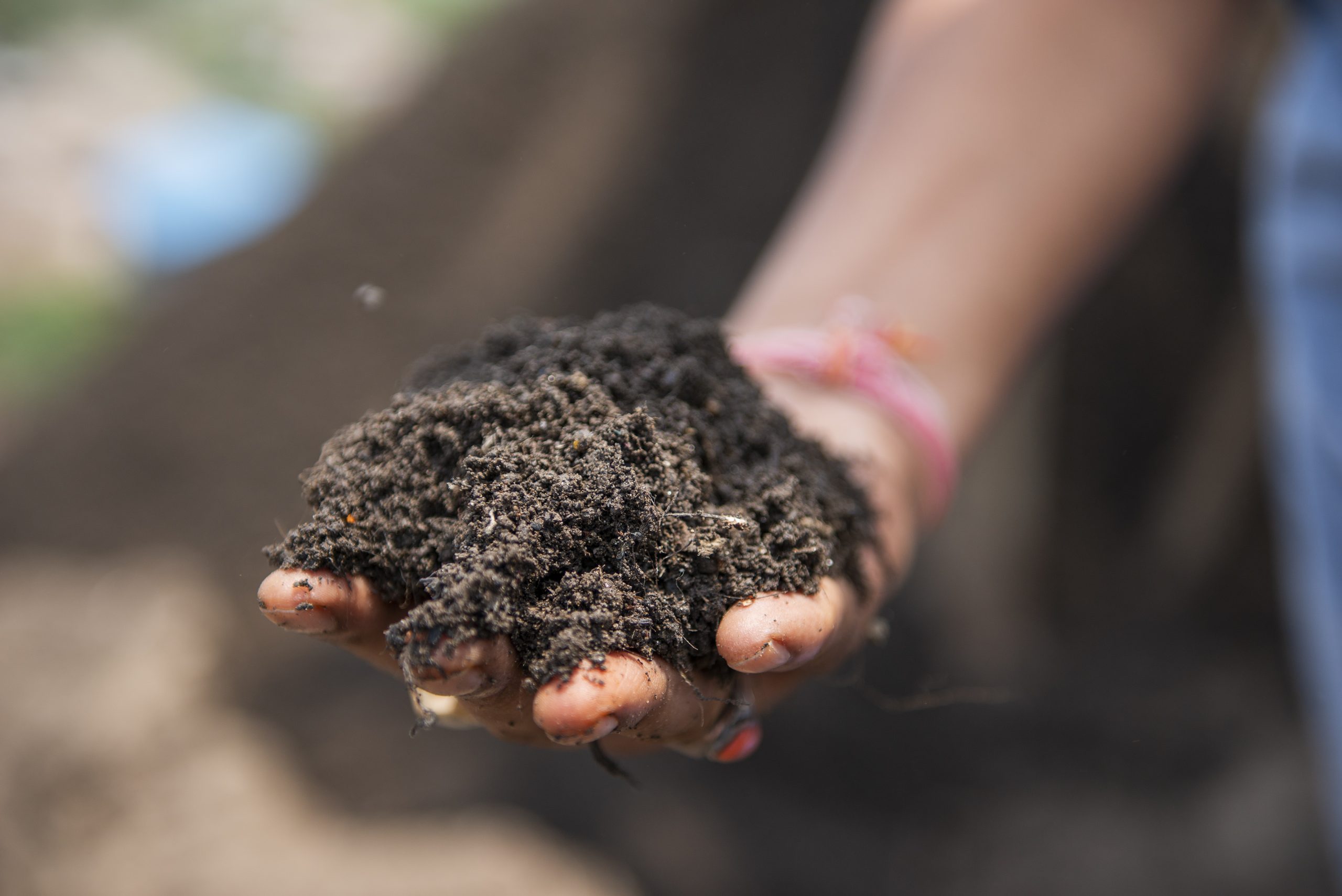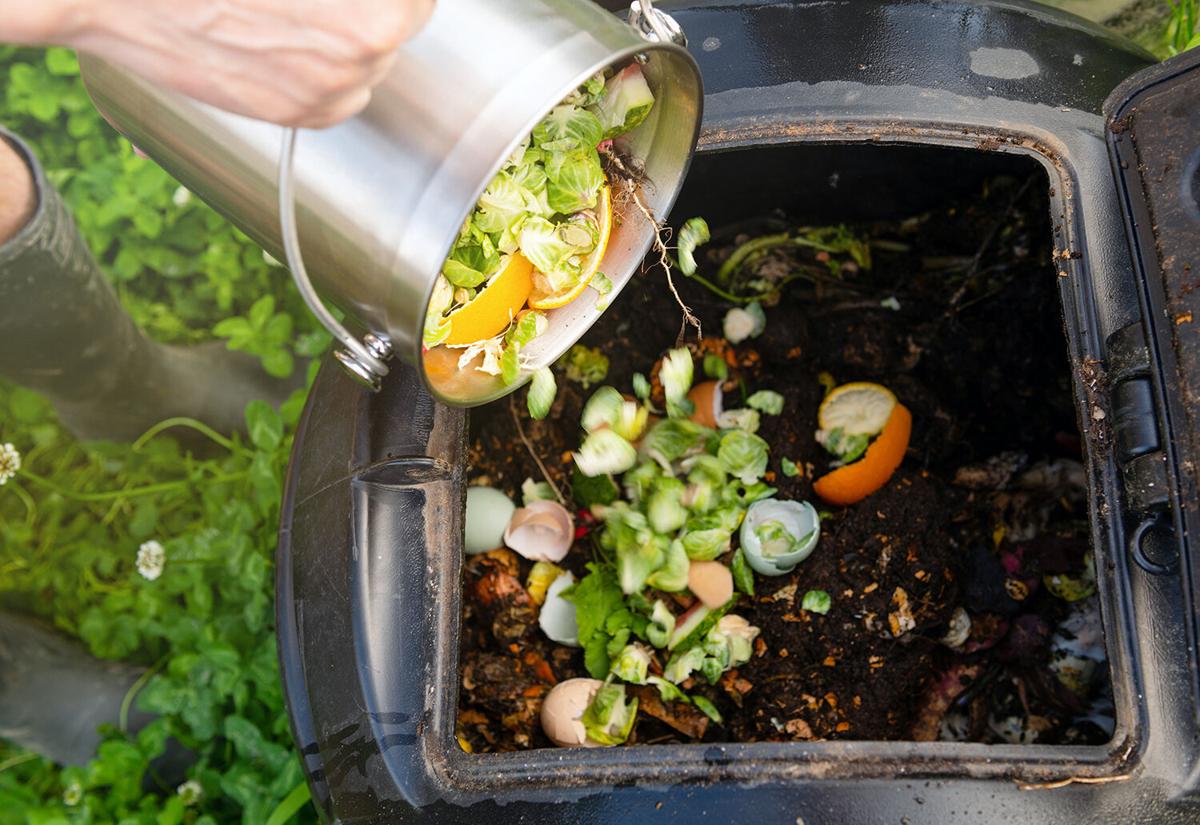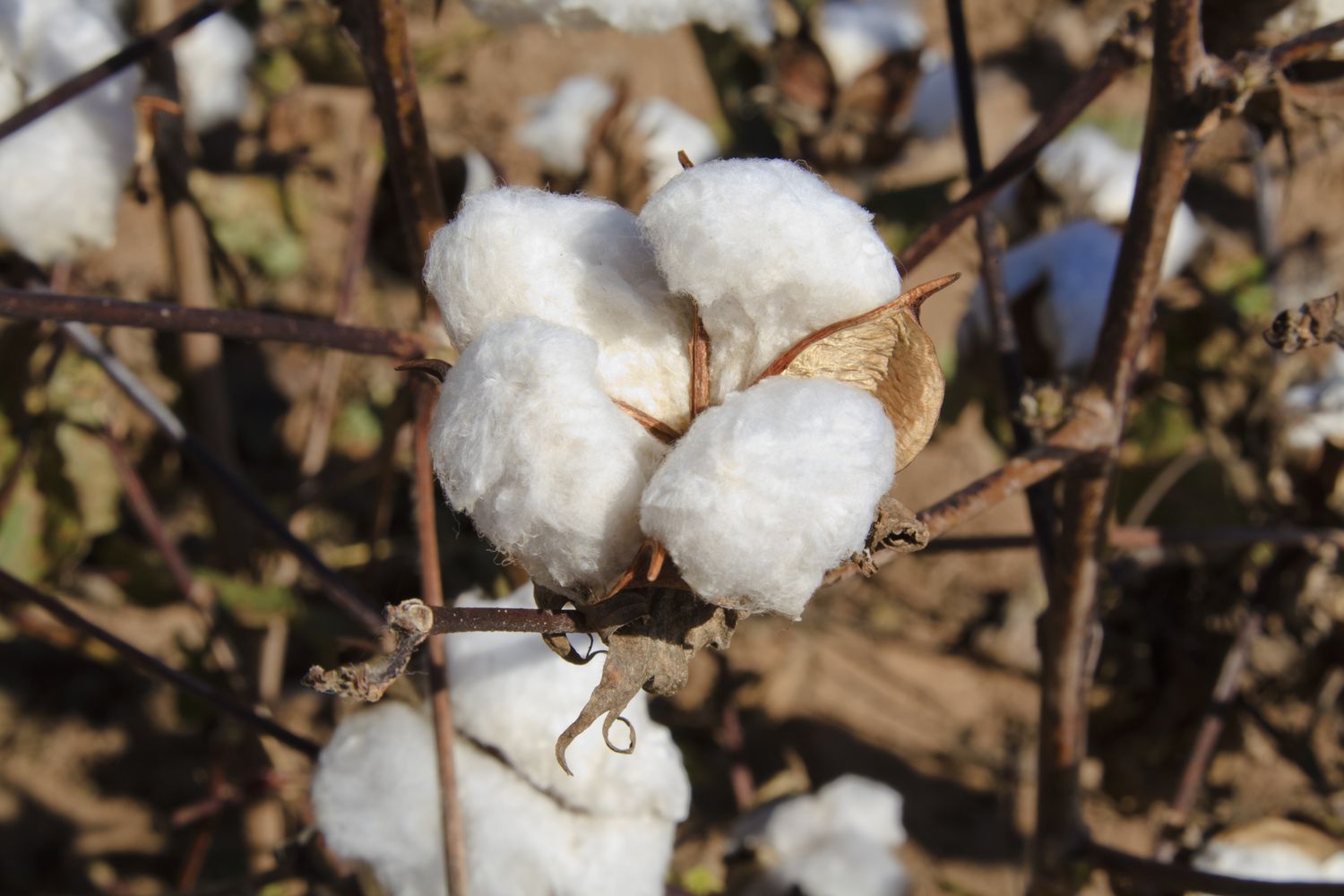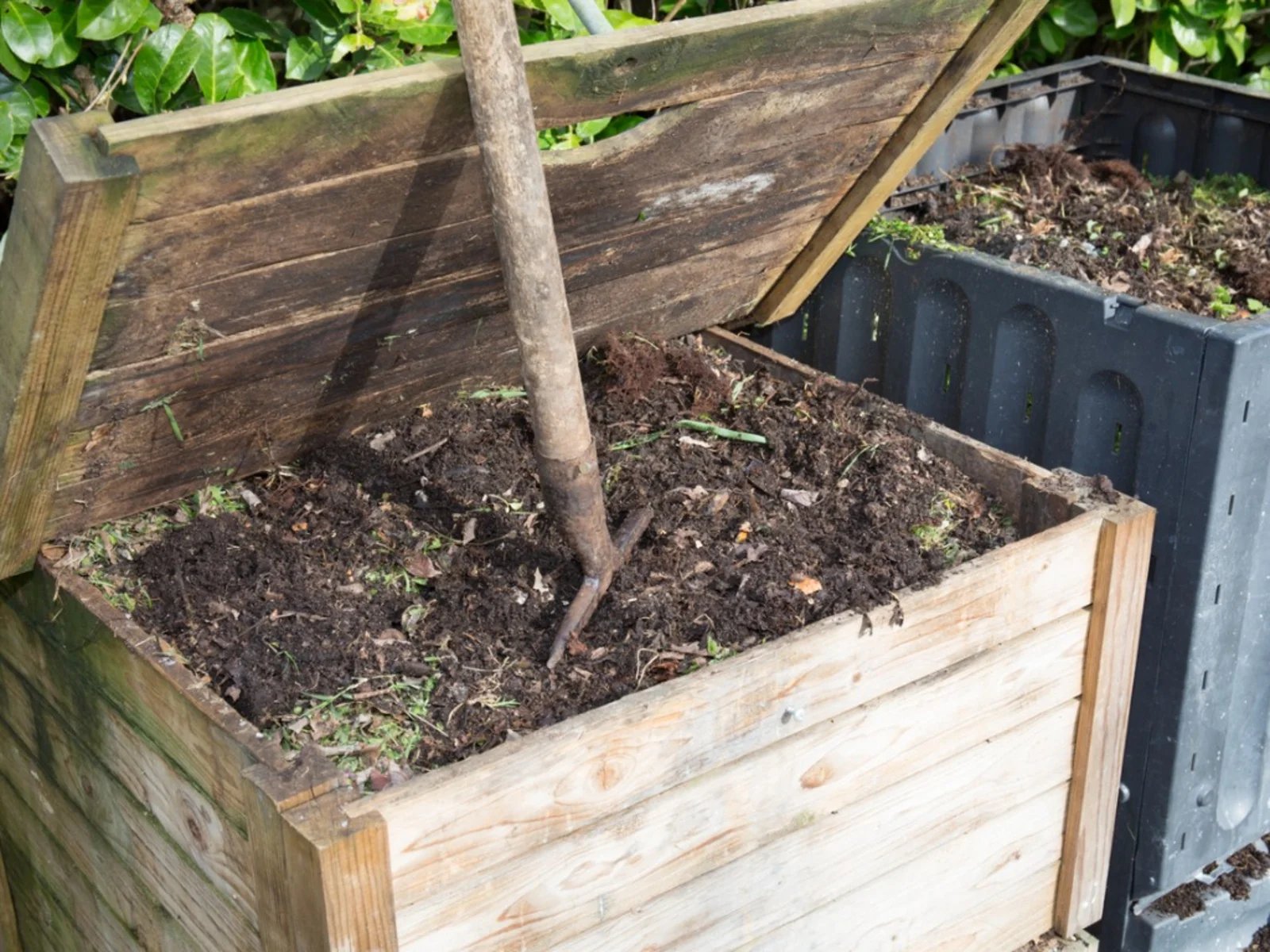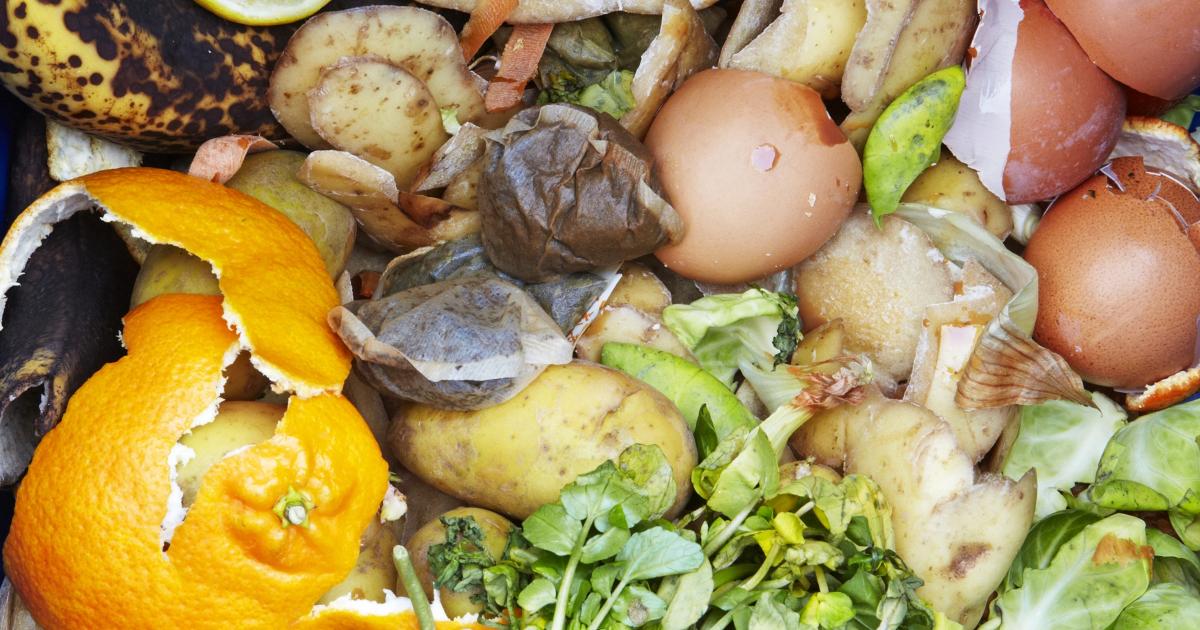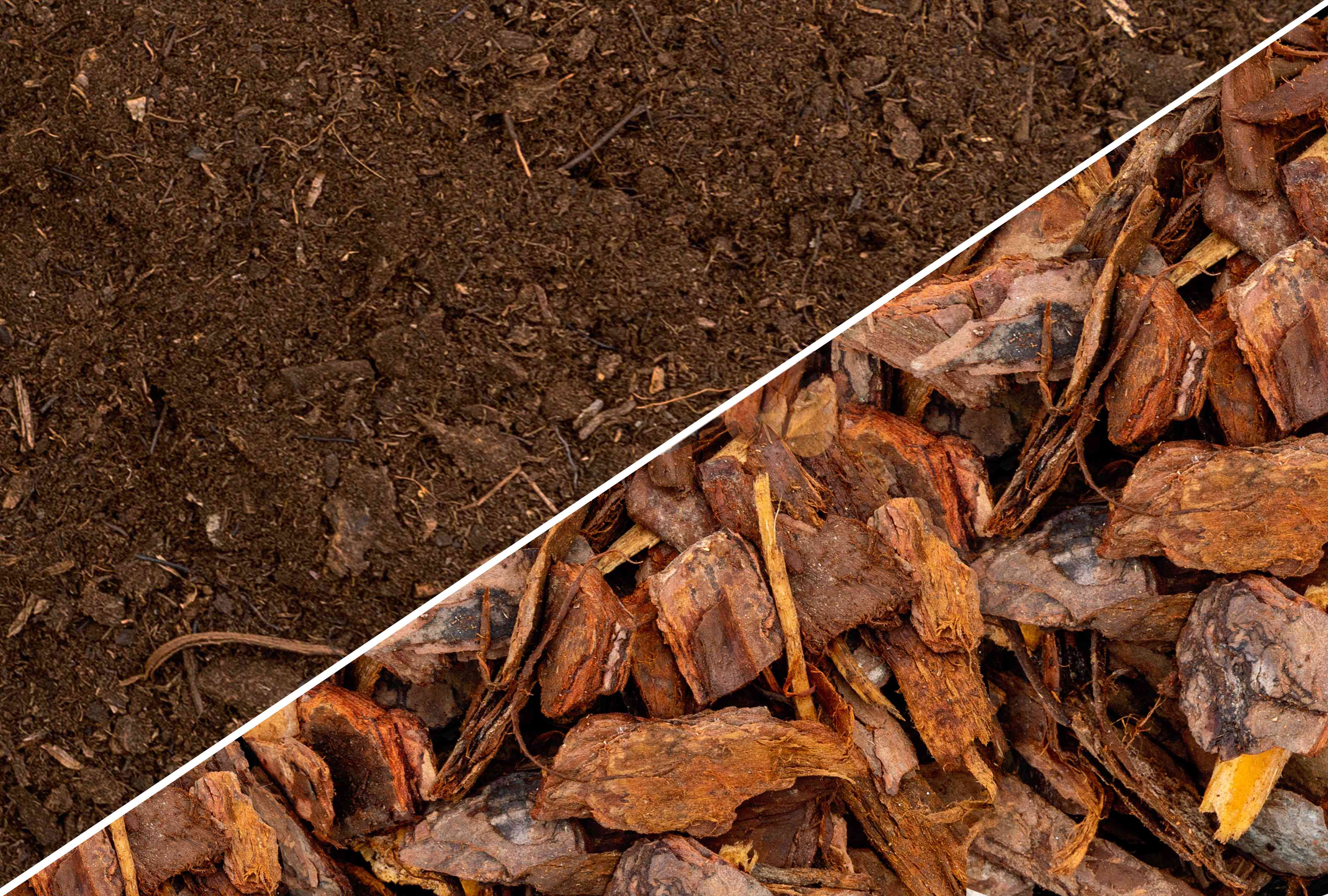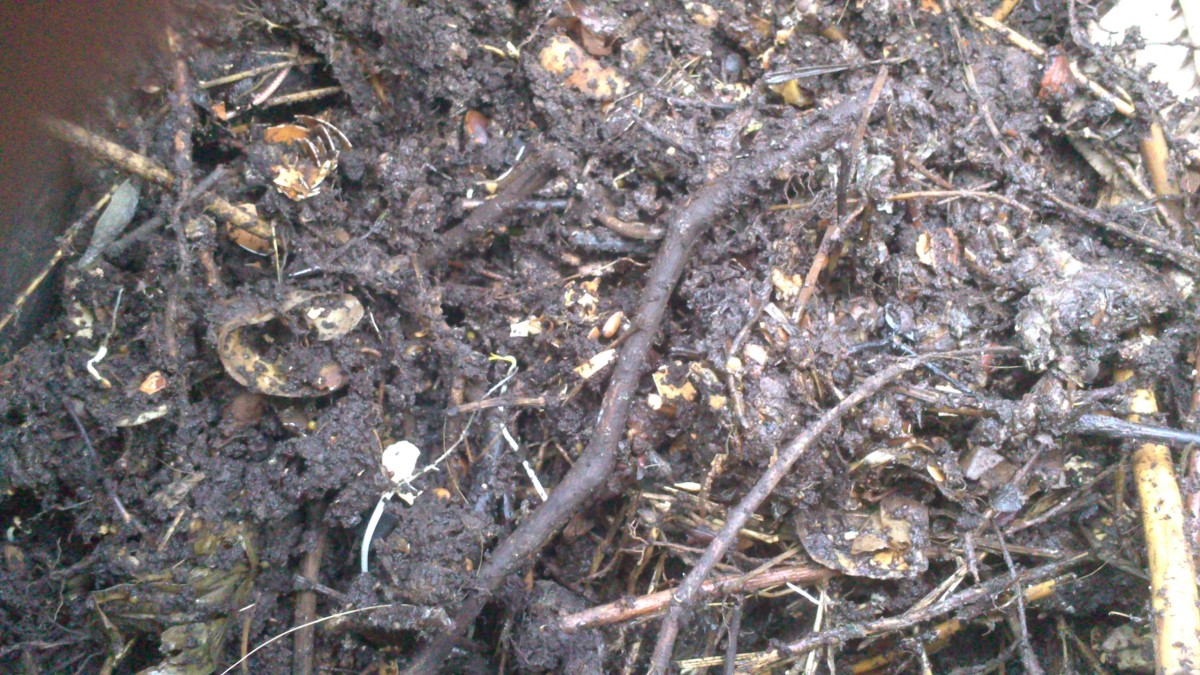Home>Gardening Tips and Tricks>Eco-Friendly Gardening>What Is Finished Compost


Eco-Friendly Gardening
What Is Finished Compost
Modified: February 9, 2024
Learn all about eco-friendly gardening and how finished compost can benefit your garden. Discover the process of creating and using compost for a healthier and more sustainable approach to gardening.
(Many of the links in this article redirect to a specific reviewed product. Your purchase of these products through affiliate links helps to generate commission for Chicagolandgardening.com, at no extra cost. Learn more)
Table of Contents
Introduction
Eco-friendly gardening has become increasingly popular in recent years as people embrace sustainable practices. One of the key aspects of eco-friendly gardening is composting, which involves transforming organic waste into nutrient-rich soil amendment known as compost. Compost is a valuable resource that can improve soil fertility, enhance plant growth, and reduce the need for synthetic fertilizers and pesticides.
In this article, we will explore the concept of “finished compost” and its significance in eco-friendly gardening. We will delve into the process of composting, the benefits of using finished compost, and how to test its quality. Additionally, we will discuss how gardeners and agricultural enthusiasts can effectively utilize finished compost in their gardening practices, as well as proper storage and handling techniques.
Gardening with finished compost not only helps to create healthier plants, but it also contributes to the overall well-being of the environment. By recycling organic waste materials, we can reduce landfill waste and minimize greenhouse gas emissions. Moreover, using finished compost enriches the soil, promotes beneficial microorganisms, and conserves water, making it an essential tool in sustainable gardening.
Whether you are a seasoned gardener or someone who is just starting their eco-friendly gardening journey, understanding the importance of using finished compost is crucial. By incorporating this nutrient-rich soil amendment into your gardening practices, you can create a thriving and sustainable garden while reducing your environmental impact.
Definition of Finished Compost
Finished compost is the end product of the composting process, where organic materials undergo decomposition and transform into a rich, dark, and crumbly substance. It is also referred to as mature compost or humus. Finished compost is characterized by its earthy smell, absence of recognizable organic materials, and the presence of beneficial microorganisms.
Compost is created through a natural biological process known as composting, where organic matter such as kitchen scraps, yard waste, and plant material are broken down by microorganisms, bacteria, and fungi. During the composting process, these organisms break down the organic matter into simpler compounds, releasing heat and carbon dioxide as byproducts.
As the composting process continues, temperature, moisture, oxygen levels, and the carbon-to-nitrogen ratio play crucial roles in determining the quality of the finished compost. It is important to reach the proper balance of these factors in order to achieve optimal decomposition.
When the composting process is complete, the organic matter is fully decomposed, and the compost reaches a stable state. At this stage, the compost is considered “finished” and is ready to be used in gardening and agricultural practices.
Finished compost not only provides valuable nutrients to plants, but it also improves soil structure, moisture retention, and microbial activity. It is a natural and sustainable alternative to chemical fertilizers, helping to create healthy and resilient gardens. Using finished compost offers numerous benefits for both the environment and gardeners alike.
Process of Composting
The process of composting involves the decomposition of organic materials through the activity of microorganisms, bacteria, and fungi. Understanding the steps involved in composting can help gardeners effectively manage their compost piles and produce high-quality finished compost.
The first step in composting is gathering the organic materials. These can include kitchen scraps like fruit and vegetable peels, coffee grounds, and eggshells, as well as yard waste such as grass clippings, leaves, and plant trimmings. It is important to maintain a proper balance of carbon-rich (browns) and nitrogen-rich (greens) materials in the compost pile.
Next, the organic materials are mixed together and placed in a compost bin or pile. The compost pile should be located in an area with good drainage and sufficient airflow. Turning the compost pile regularly, using a pitchfork or compost aerator, helps to accelerate the decomposition process and prevent odors and pests.
The microorganisms responsible for decomposition require proper moisture levels to thrive. The compost pile should be kept moist, similar to a damp sponge. However, it is important to avoid overly wet conditions, as it can lead to unpleasant odors and the accumulation of anaerobic bacteria.
Temperature is a critical factor in the composting process. As the microorganisms break down the organic materials, they generate heat. The ideal temperature range for composting is between 120°F and 160°F (49°C and 71°C). This temperature range helps to accelerate decomposition and kill off weed seeds and pathogens.
Over time, the organic materials in the compost pile will break down and transform into a dark, crumbly substance. This indicates that the composting process is nearing completion. Typically, composting can take anywhere from a few months to a year, depending on various factors such as the mix of materials, the size of the compost pile, and environmental conditions.
Once the compost has reached a stable state and has a uniform texture, it is considered finished compost. At this stage, it can be used to enrich soil, improve plant health, and promote sustainable gardening practices.
By following these steps and maintaining the proper conditions, you can successfully compost organic materials and produce nutrient-rich finished compost for your gardening needs.
Benefits of Using Finished Compost
Using finished compost in gardening and agriculture offers a wide range of benefits for both the plants and the environment. Let’s explore some of the key advantages of incorporating finished compost into your gardening practices.
1. Enhanced Soil Fertility: Finished compost is rich in essential nutrients such as nitrogen, phosphorus, and potassium. These nutrients are released slowly, providing a steady supply of nourishment to plants. The organic matter in the compost also improves soil structure, promoting better root growth and nutrient absorption.
2. Improved Soil Health: Finished compost enriches the soil with beneficial microorganisms. These microorganisms enhance soil fertility, break down organic matter, and suppress harmful pathogens and pests. As a result, the soil becomes healthier, more resilient, and less prone to diseases.
3. Water Retention: The organic matter in finished compost helps to improve the soil’s ability to retain moisture. This is especially beneficial in areas with dry or sandy soils, as it reduces the need for frequent watering. The increased water-holding capacity of the soil also contributes to water conservation.
4. Reduced Need for Chemical Fertilizers: By using finished compost, gardeners can reduce their reliance on synthetic fertilizers. The slow-release nutrients in the compost provide long-lasting nourishment to plants, minimizing the need for additional fertilization. This not only saves money but also helps to protect the environment from the negative impacts of chemical fertilizers.
5. Weed Suppression: Finished compost can help suppress weed growth in gardens. When applied as a layer on the soil surface, it acts as a natural mulch, smothering weed seeds and preventing their germination. This reduces the need for manual weeding or the use of herbicides.
6. Environmental Benefits: Utilizing finished compost diverts organic waste from landfills, reducing methane emissions and contributing to a more sustainable waste management system. Additionally, the use of compost in gardening promotes biodiversity, as it provides a habitat for beneficial insects, worms, and other soil organisms.
As you can see, the benefits of using finished compost go beyond promoting plant growth. It is a valuable resource that supports sustainable gardening practices, improves soil health, conserves water, and reduces environmental impact. Incorporating finished compost into your gardening routine will not only benefit your plants but also contribute to a healthier and greener planet.
Testing the Quality of Finished Compost
Testing the quality of finished compost is essential to ensure its effectiveness in gardening and agriculture. This process involves assessing the nutrient content, pH level, and overall maturity of the compost. By conducting these tests, gardeners can determine if the compost is suitable for use and make any necessary adjustments if needed.
One of the primary tests for assessing compost quality is a nutrient analysis. This test measures the levels of essential nutrients such as nitrogen (N), phosphorus (P), and potassium (K) in the compost. The results help determine if the compost provides sufficient nutrients to support plant growth. The nutrient analysis can be performed by a professional laboratory or using home testing kits available in garden centers.
In addition to nutrient content, it is important to test the pH level of the finished compost. The pH scale measures the acidity or alkalinity of the compost. Most plants prefer a slightly acidic to neutral pH range (around 6 to 7). Testing the pH can help determine if the compost needs adjustments. If the pH is too high or too low, gardeners can amend the compost with materials such as agricultural lime to raise the pH or sulfur to lower it.
Maturity of the compost is another crucial aspect to consider. Finished compost should have a dark, crumbly texture and an earthy smell. It should also be free of recognizable organic materials. If the compost still contains large pieces of organic matter, it may indicate that the decomposition process is incomplete. In such cases, the compost can be allowed to mature further before use or sifted to remove the unfinished components.
Another method for testing compost quality is the seed germination test. This test involves planting seeds in a mixture of compost and sterile soil and observing their growth. If the seeds germinate and grow well without any signs of stunted growth or diseases, it indicates that the compost is suitable for use. This test provides a practical indication of the compost’s readiness to support plant growth.
It is worth mentioning that testing the quality of finished compost is not a one-time activity. As compost batches can vary in their composition and maturity, it is recommended to periodically assess the quality of the compost to ensure consistent results.
By conducting these tests, gardeners can have confidence in the quality of their compost and make informed decisions about its application. Testing allows for adjustments to be made to optimize the compost’s nutrient content, pH level, and overall performance, resulting in healthier plants and more successful gardening endeavors.
Using Finished Compost in Gardening and Agriculture
Finished compost is a versatile and valuable resource that can be used in various ways in both gardening and agricultural practices. Let’s explore some of the common applications and benefits of using finished compost.
1. Soil Amendment: Finished compost is an excellent soil amendment that can be mixed into existing garden soil or applied as a top dressing. It improves soil structure, enhances water retention, and promotes nutrient availability. Incorporating compost into the soil helps create a healthy and fertile growing environment, leading to better plant growth and productivity.
2. Mulching: Using finished compost as mulch around plants provides numerous benefits. It helps conserve moisture by reducing evaporation from the soil surface, moderates soil temperature fluctuations, and suppresses weed growth. Additionally, as the compost breaks down slowly, it continuously adds nutrients to the soil, enriching the rhizosphere and supporting plant health.
3. Potting Mix: Mixing finished compost with potting soil or other growing media can improve its nutrient content and drainage capabilities. The compost adds organic matter and beneficial microorganisms, promoting healthy root development and reducing the need for synthetic fertilizers in container gardening.
4. Compost Tea: Compost tea is a liquid solution made by steeping compost in water. It is a natural and nutrient-rich fertilizer that can be applied directly to plants as a foliar spray or soil drench. Compost tea helps boost plant growth, improves disease resistance, and enhances soil microbial activity.
5. Cover Cropping: Finished compost can be spread over cover crops to enhance their growth and decomposition. Cover crops, such as legumes or grasses, help improve soil fertility and prevent erosion. Adding a layer of compost on top of cover crops accelerates their breakdown and nutrient release, preparing the soil for future planting.
6. Organic Fertilizer Alternative: Finished compost is an excellent alternative to synthetic fertilizers. It provides a slow and continuous release of nutrients, reducing the risk of nutrient runoff and leaching into water bodies. By using compost, gardeners can promote sustainable and environmentally friendly gardening practices.
It is important to note that the application rate of finished compost depends on various factors such as soil type, plant type, and specific nutrient requirements. Conducting a soil test can help determine the appropriate amount of compost needed for optimal results.
By incorporating finished compost into gardening and agricultural practices, gardeners can improve soil health, conserve water, reduce chemical inputs, and promote sustainable and eco-friendly growing systems. The versatility of finished compost makes it an invaluable tool for achieving thriving and vibrant gardens and farms.
Proper Storage and Handling of Finished Compost
Proper storage and handling of finished compost are crucial to maintain its quality and ensure its effectiveness in gardening and agricultural applications. Here are some key guidelines to follow:
1. Storage Containers: Store finished compost in a container that is well-ventilated and moisture-resistant. Good options include compost bins, compost tumblers, or simple covered piles. Ensure that the container is of an appropriate size to accommodate the amount of compost you have and has a lid to keep out pests and excess moisture.
2. Location: Choose a suitable location for storing your compost. Ideally, it should be in a shaded area to prevent excessive drying out and exposure to direct sunlight. Ensure that the area has good drainage to prevent waterlogging. Consider placing a tarp or covering over the compost to protect it from heavy rain and excessive moisture.
3. Turning and Mixing: Periodically turn or mix the compost to promote aeration and prevent odors. This helps oxygenate the composting material and accelerates decomposition. Use a garden fork or compost aerator to loosen the compost pile, ensuring that the outer parts are brought to the center for thorough mixing.
4. Moisture Management: Proper moisture levels are essential for the long-term storage of finished compost. The compost should be moist, similar to a damp sponge. If the compost becomes too dry, sprinkle it with water to rehydrate. Conversely, if the compost becomes overly wet, it may need additional aeration or drainage to prevent anaerobic conditions.
5. Compost Screening: Before using the finished compost, consider screening it to remove any larger chunks or unfinished organic materials. This will ensure a consistent texture and prevent clogging of irrigation systems or blocking of plant roots. Use a mesh screen or compost sifter to sift out any larger particles, leaving you with a finer and more uniform compost product.
6. Labeling: Properly label your finished compost containers or storage areas to differentiate them from other materials in your garden or storage area. Clearly indicating that the container or pile contains finished compost will help avoid confusion and prevent accidental contamination with unfinished compost or other materials.
7. Handling Safety: When handling finished compost, consider wearing gloves and a dust mask, particularly if you have sensitivities or allergies. Although compost is generally safe, some individuals may have reactions to certain microorganisms or dust particles. It is always a good practice to wash your hands thoroughly after working with compost.
By following these guidelines for proper storage and handling of finished compost, you can maintain its quality, protect it from elements, and ensure its effectiveness when used in your gardening or agricultural practices. A well-maintained compost storage system will provide you with a consistent supply of nutrient-rich compost to enhance your soil and sustain healthy plant growth.
Conclusion
Eco-friendly gardening is all about nurturing the earth and creating sustainable practices. Finished compost plays a vital role in achieving these goals. It is a nutrient-rich soil amendment that enhances soil fertility, improves plant growth, and reduces our environmental impact.
Throughout this article, we have explored the definition of finished compost and its significance in eco-friendly gardening. We’ve learned about the process of composting and the benefits of using finished compost, such as enhancing soil fertility, promoting soil health, and reducing the reliance on chemical fertilizers.
Testing the quality of finished compost is crucial to ensure its effectiveness. Through nutrient analysis, pH testing, and maturity assessment, gardeners can determine if the compost is suitable for their specific needs and make any necessary adjustments.
We have also discussed various applications of finished compost in gardening and agriculture, including using it as a soil amendment, mulch, potting mix, compost tea, and cover cropping. Each of these applications contributes to healthier plants, improved soil structure, water conservation, and reduced environmental impact.
Last but not least, proper storage and handling of finished compost are essential to maintain its quality. Following guidelines such as using suitable containers, maintaining adequate moisture levels, regularly turning the compost, and practicing safe handling ensure that the compost remains effective for use in gardening practices.
Incorporating the use of finished compost in your gardening routines not only benefits your plants but also contributes to a greener and more sustainable world. By recycling organic waste materials, reducing the reliance on synthetic chemicals, and improving soil health, we can embark on a journey toward a more eco-friendly and resilient environment.
So, let’s embrace the power of finished compost and unleash its potential in our gardens and farms. By doing so, we can create thriving landscapes, reduce our environmental footprint, and contribute to a healthier planet for future generations.
